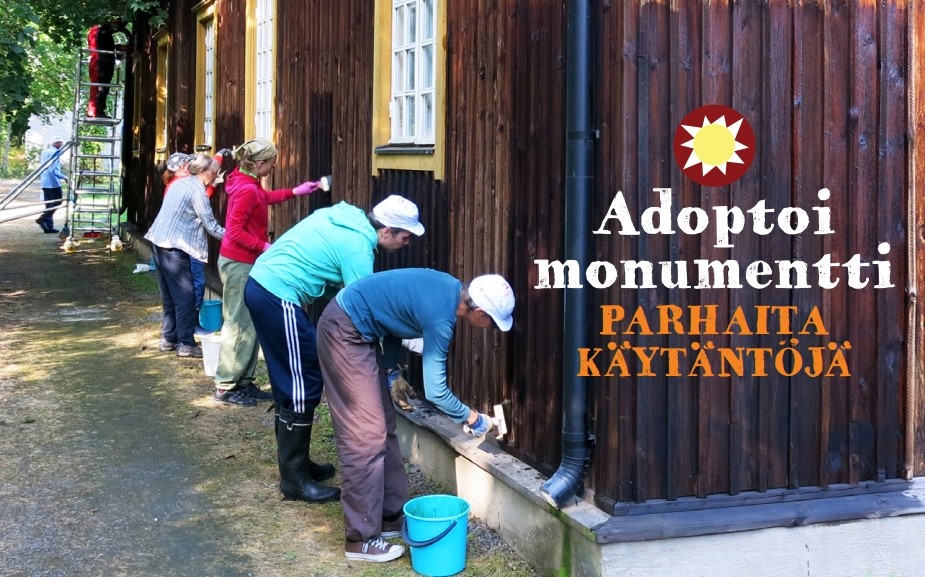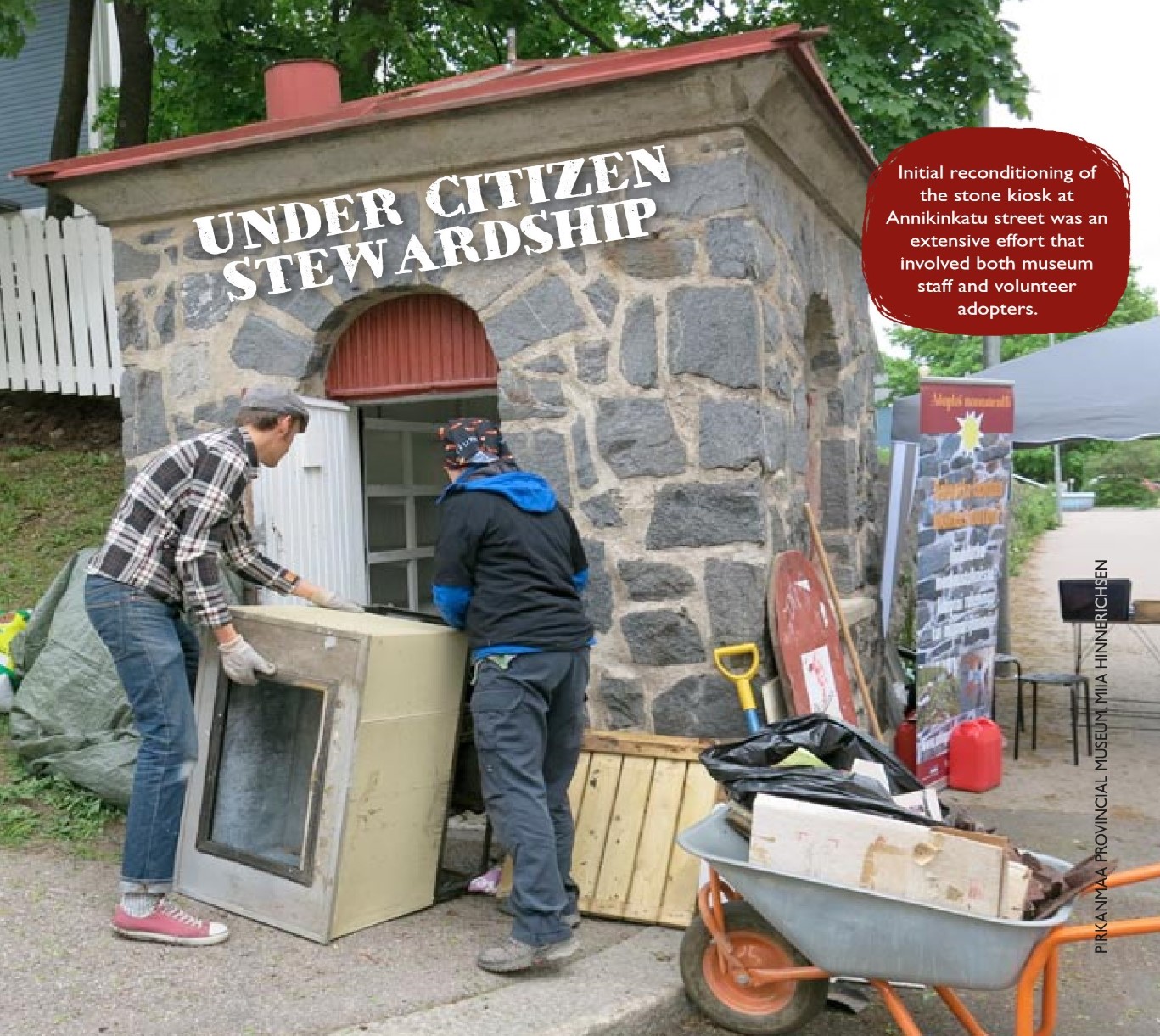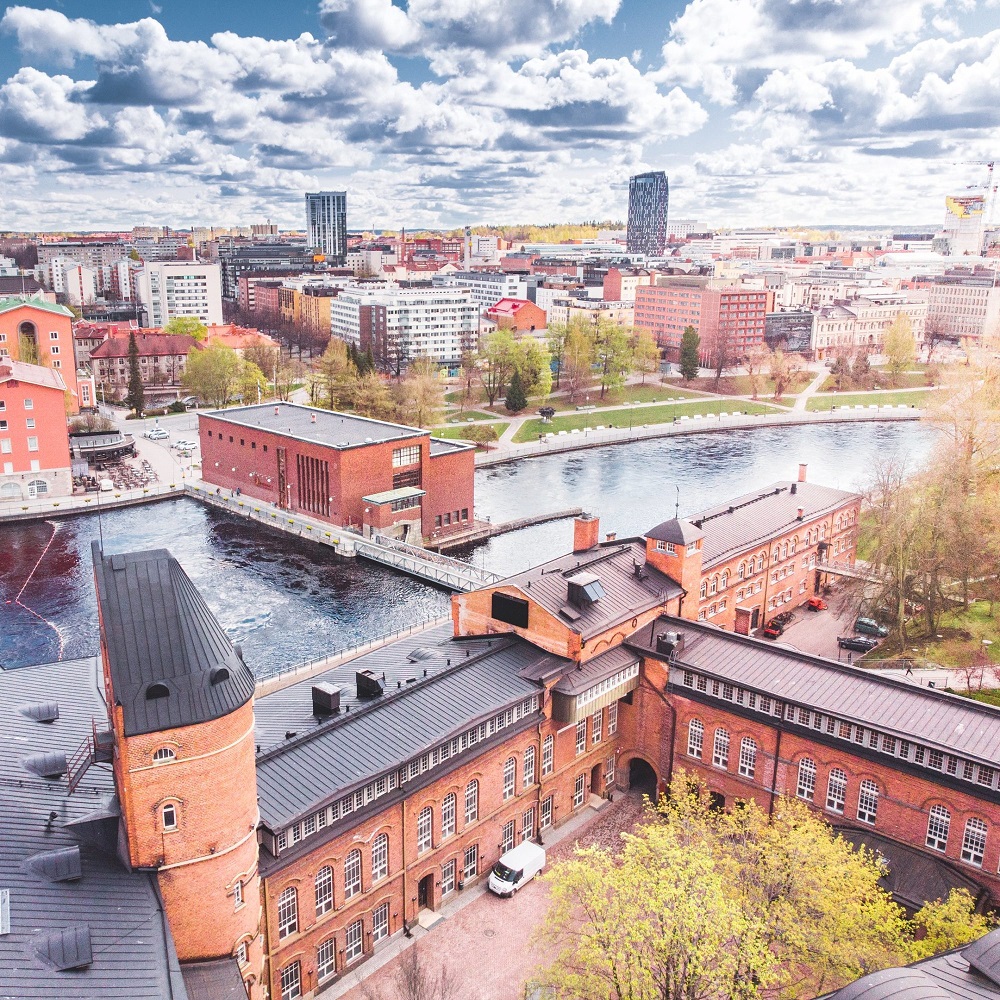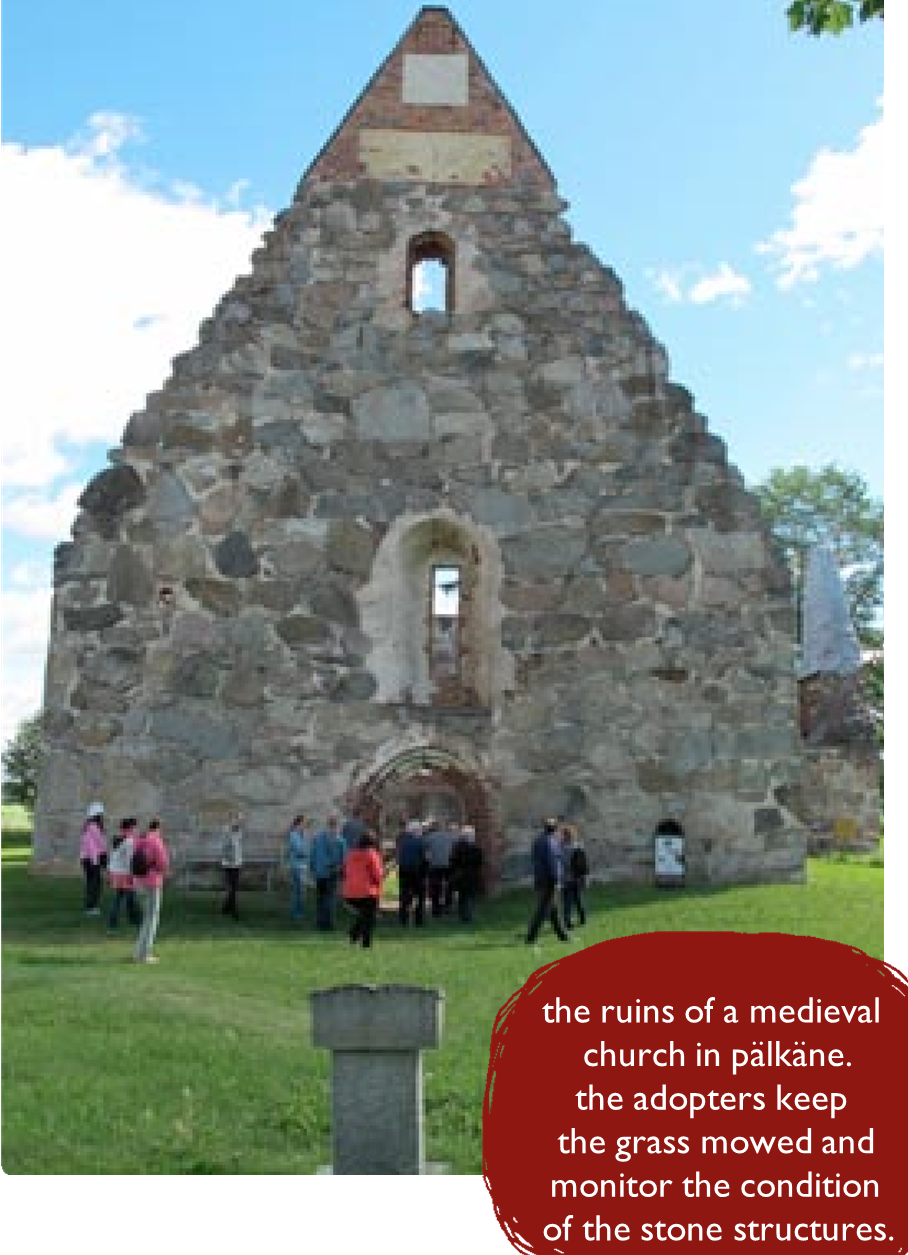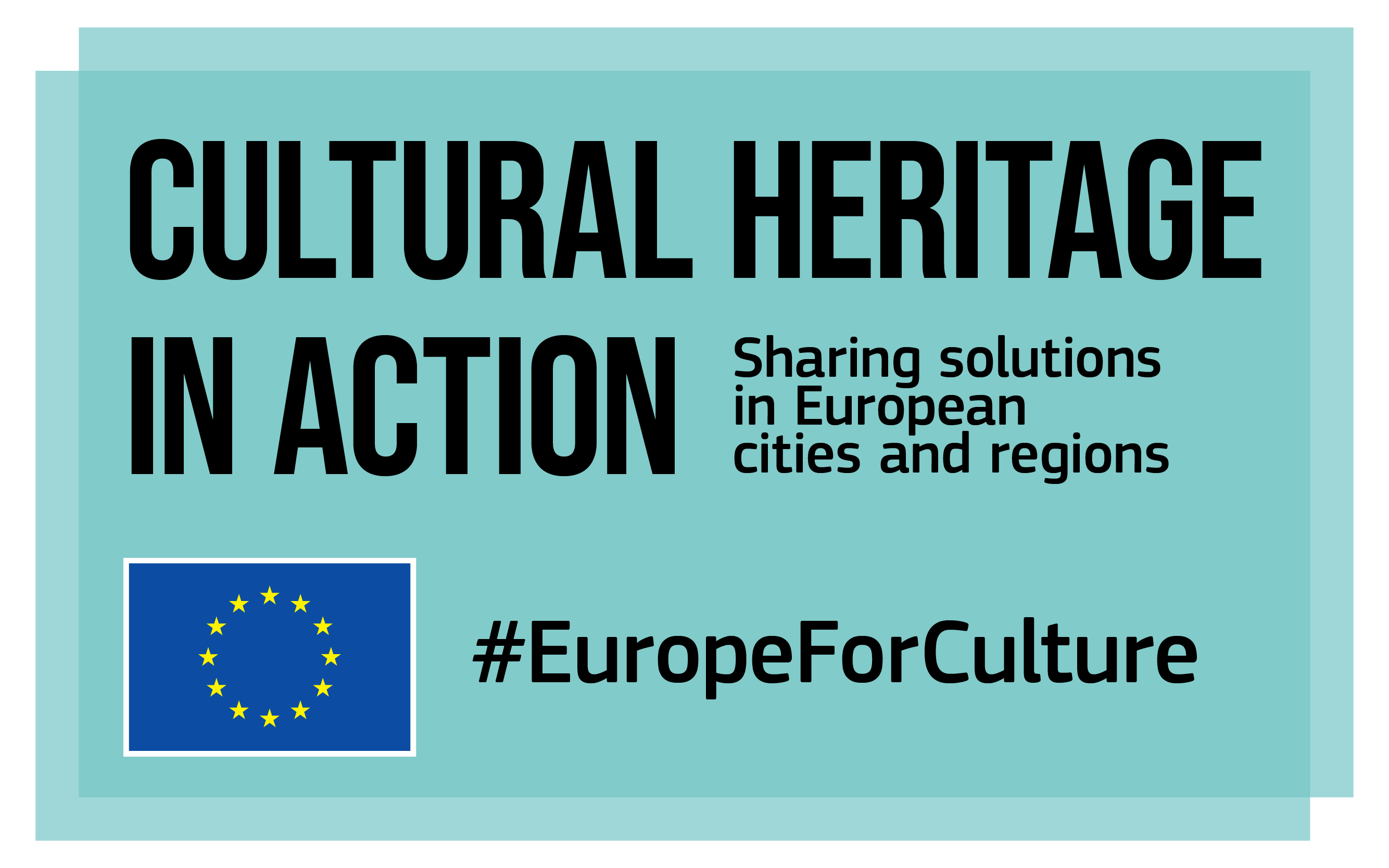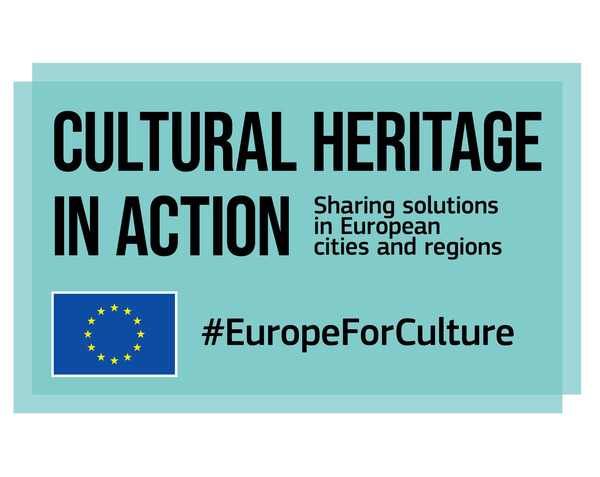City
Tampere
Main actors
Regional Government, Private Sector, Community / Citizen Group, Public Utility
Project area
Whole City/Administrative Region
Duration
2008 - 2016
Inclusive cultural heritage for and with the people!
The Adopt a Monument programme established and supported by the Pirkanmaa Regional Museum consists of maintenance and preservation of archaeological sites and historical buildings by groups of volunteers (adopters). Adopters can be a community, an association, a company or a public entity, such as a school. Adopters oversee the management of the appointed heritage site: they monitor its condition, study its history and organise events. No previous experience, knowledge of matters related to cultural environments or special construction skills are required to join the programme.
Adopt a Monument promotes good health and mental wellbeing through increased awareness of the environment and social collaboration. It enables citizens to become more closely involved in the management, research and ownership of their local cultural heritage.
This case study was contributed from the European-Funded ‘Cultural Heritage in Action’ project.
https://eurocities.eu/projects/#906

External links / documents
On Map
The Map will be displayed after accepting cookie policy
